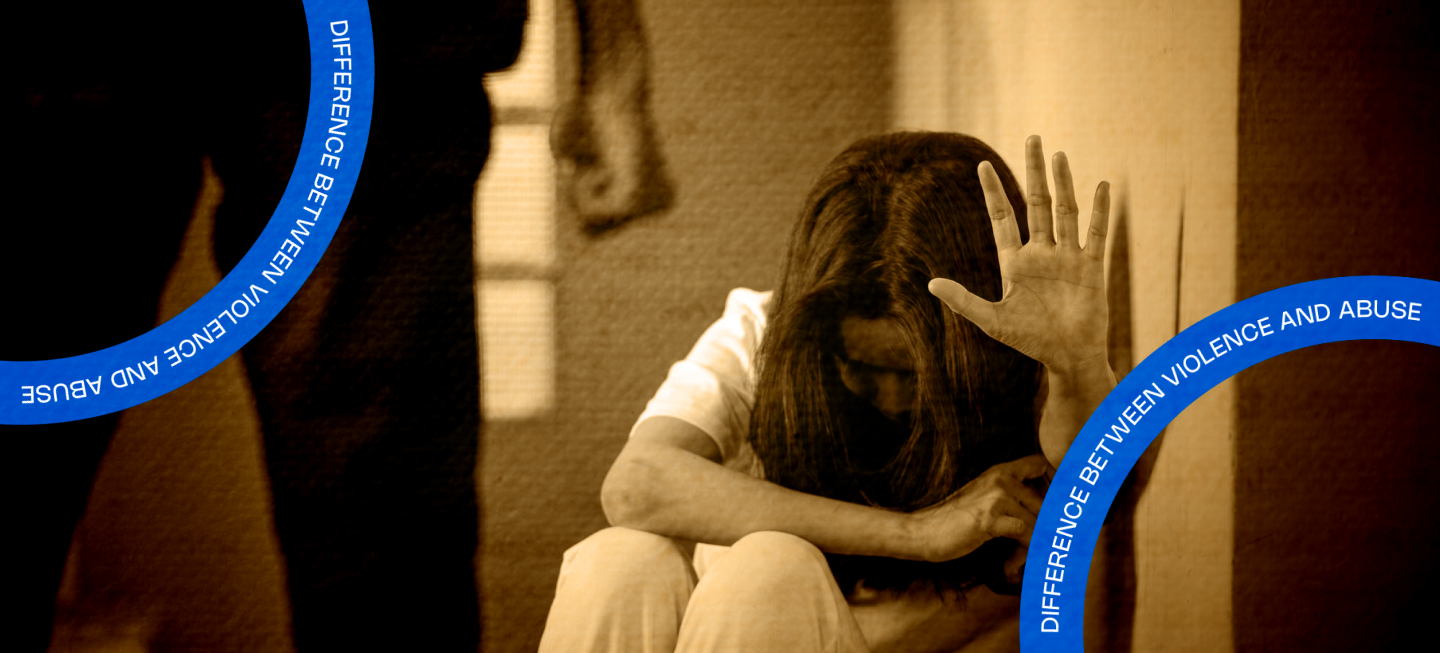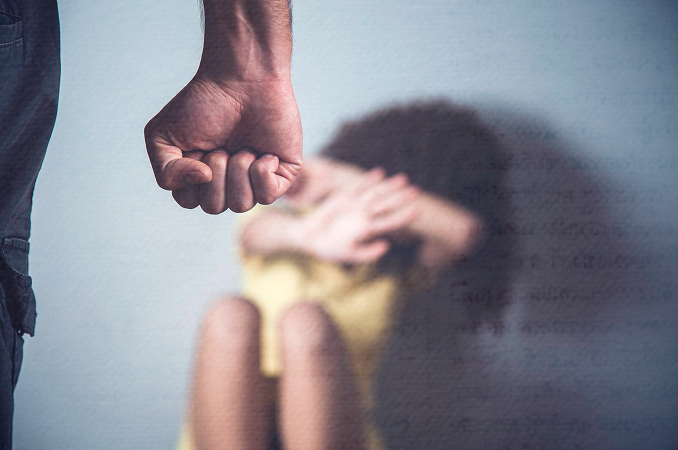
Table Of Contents
- What Is The Difference Between Violence And Abuse?
- What Is Violence?
- Examples of Violence:
- Effects of Violence:
- What Is Abuse?
- Types of Abuse:
- Effects of Abuse:
- What Are the Legal Steps to Take Against Violence and Abuse?
- 1. Call Emergency Services (911 or Local Authorities)
- 2. File a Police Report
- 3. Get a Protection Order (Restraining Order)
- 4. Seek Legal Help
- 5. Document Evidence of Abuse or Violence
- 6. Use Support Services and Hotlines
- 7. File for Divorce or Custody in Cases of Domestic Abuse
- 8. Press Criminal Charges
- Your Exclusive Rights Against Violence and Abuse
Understanding the Difference Between Violence & Abuse: Your Rights to Protect Against Both!
Many people use the terms “violence” and “abuse” interchangeably. But they’re not exactly the same. And that brings me to the point of today’s topic: What is the difference between violence and abuse?
Abuse is a pattern of behavior occurring over time, whereas violence is typically a singular act that causes harm. Both can do serious harm, whether physical, emotional, or mental.
No one deserves the damage being caused to them, and laws are in place to protect people from violence as well as abuse.
Whether you or someone you know is dealing with either, it’s important to understand the differences, spot the warning signs and take legal action to put a stop to it.
What Is The Difference Between Violence And Abuse?
Although violence is abuse and vice versa, the two are distinct. Violence typically refers to an act of aggression resulting in injury, whereas abuse is a recurring cycle of harm: physical, emotional, financial, or psychological.
For instance, if one person punches another person out of anger, that is an act of violence. However, if over time a person keeps threatening, controlling, and physically hurting their partner, it becomes abuse. It is important to know the difference because the legal therapies against them may vary.
Before I tell you what is the difference between violence and abuse, let me explain what these two terms are all about:
What Is Violence?
Violence is any act of force that causes physical harm, injury, or death to another person. It can happen suddenly, without warning, and is often driven by anger, revenge, or a loss of control.
Examples of Violence:
- Physical Assault: Punching, hitting, kicking, or attacking someone.
- Sexual Violence: Forcing someone into sexual acts without their consent.
- Gun or Knife Violence: Using weapons to harm or threaten someone.
- Domestic Violence: A violent attack within a family or relationship.
- Hate Crimes: Violence against people based on their race, religion, or other factors.
Effects of Violence:
- Physical injuries like broken bones, bruises, or burns.
- Psychological trauma, such as PTSD, anxiety, or depression.
- Fear and insecurity in communities.
Violence is usually sudden and intense, but it can still be part of a long-term abusive situation.
What Is Abuse?
Abuse is a pattern of harmful behavior used to control, manipulate, or hurt someone over time. Abuse doesn’t always involve physical harm; it can be emotional, verbal, financial, or sexual.
Types of Abuse:
- Physical Abuse: Hitting, pushing, or using force repeatedly.
- Emotional Abuse: Constant insults, threats, or humiliation to control someone.
- Verbal Abuse: Yelling, name-calling, or making degrading remarks.
- Sexual Abuse: Forcing someone into sexual acts, even within a relationship.
- Financial Abuse: Controlling someone’s money, preventing them from working, or stealing from them.
- Neglect: Failing to provide basic needs like food, shelter, or medical care, often seen in child or elder abuse cases.
Effects of Abuse:
- Low self-esteem and emotional distress.
- Long-term physical and mental health problems.
- Loss of financial independence and control.
- Isolation from family, friends, or support systems.
Unlike violence, which may be a single event, abuse happens over time and often involves power and control over another person.
What Are the Legal Steps to Take Against Violence and Abuse?

If you or someone you know is facing violence or abuse, there are legal ways to protect yourself. Different laws exist to help victims and punish offenders.
1. Call Emergency Services (911 or Local Authorities)
If you are in immediate danger, call the police right away. Law enforcement officers can stop the attacker and help you find safety.
2. File a Police Report
If you have experienced violence or abuse, report it to the police. A report creates an official record that can be used in court. This is important for getting legal protection.
3. Get a Protection Order (Restraining Order)
A court can issue a restraining order to keep the abuser away from you. This means they cannot contact, approach, or harm you. If they break this order, they can be arrested.
4. Seek Legal Help
Consult a lawyer or legal aid service to understand your rights. Legal professionals can help you:
- File charges against the abuser.
- Get custody of children if the abuse is happening in a family setting.
- Secure financial support if the abuse left you financially dependent.
5. Document Evidence of Abuse or Violence
Keeping proof can help your case. Gather:
- Photos of injuries or damage.
- Text messages, emails, or recordings of threats.
- Medical reports of injuries.
- Witness statements from friends, neighbors, or coworkers.
6. Use Support Services and Hotlines
There are organizations that help victims of violence and abuse. Many offer:
- Shelters for people escaping abusive situations.
- Counseling and therapy services.
- Financial support and legal aid.
7. File for Divorce or Custody in Cases of Domestic Abuse
If you are in an abusive marriage, the law allows you to file for divorce and child custody. The court will consider the safety of children when making decisions about custody.
8. Press Criminal Charges
If the violence or abuse is serious, the abuser can face criminal charges, which may lead to jail time, fines, or probation. Prosecutors will handle these cases once a report is filed.
Laws may vary depending on your location, but the goal is the same: to protect victims and hold abusers accountable.
Your Exclusive Rights Against Violence and Abuse
Everyone has the right to live free from violence and abuse. If you ever feel unsafe or threatened, remember that you have legal rights to protect yourself.
Your Rights include the right to:
- Report violence or abuse.
- Seek legal protection, such as restraining orders.
- Medical care if injured.
- Financial support if abuse has left you dependent.
- Seek counseling and emotional support.
- Remove yourself from unsafe situations.
Violence and abuse are never acceptable. Whether it happens in a relationship, at home, or in public, you deserve to be safe and respected.
If you or someone you know is suffering, don’t stay silent—seek help and take legal action. There are laws and support systems designed to protect you.
If you need assistance, reach out to law enforcement, legal professionals, or victim support organizations. You are not alone, and you have the power to take back control of your life.
This guide helps explain the difference between violence and abuse and the legal options available to victims. Knowledge is the first step toward protection—stay informed and stay safe.
Read More:









